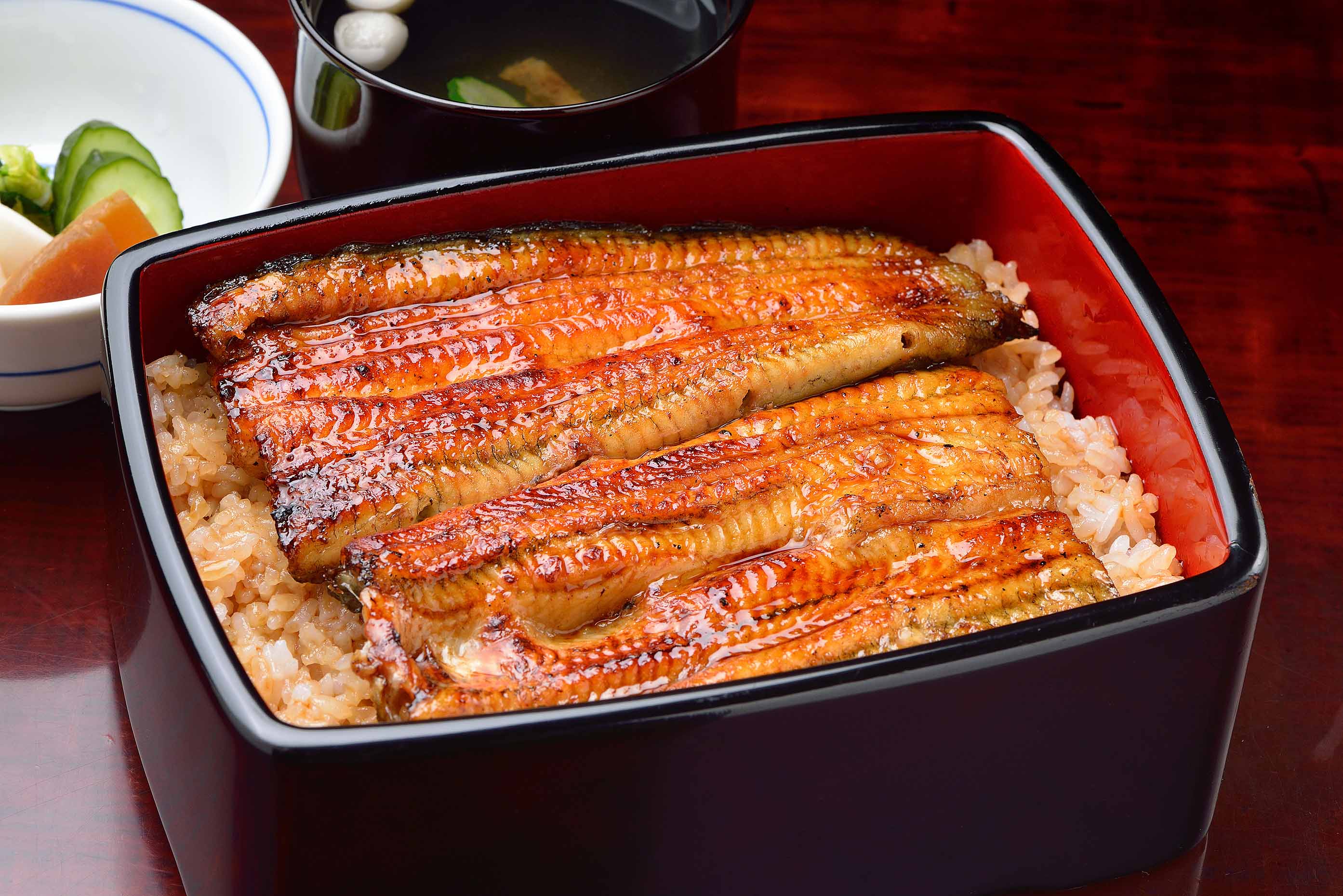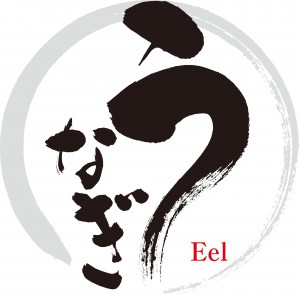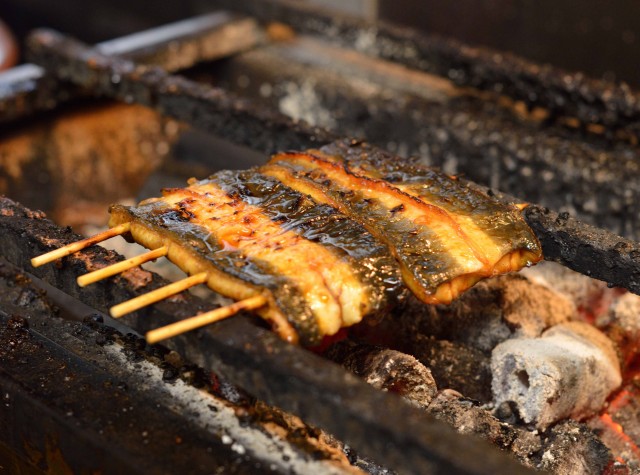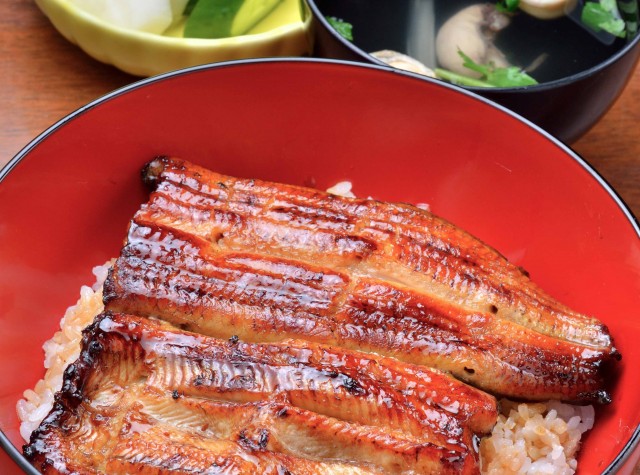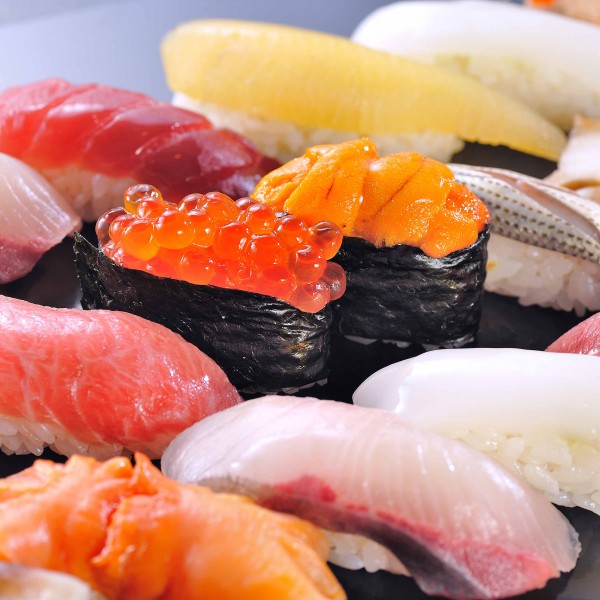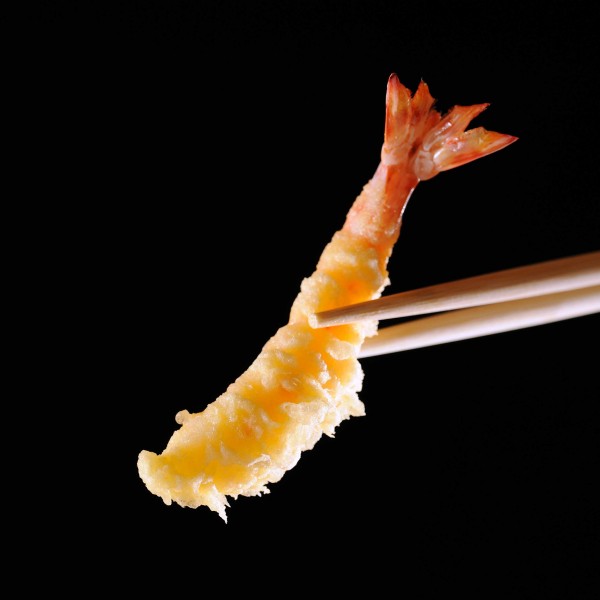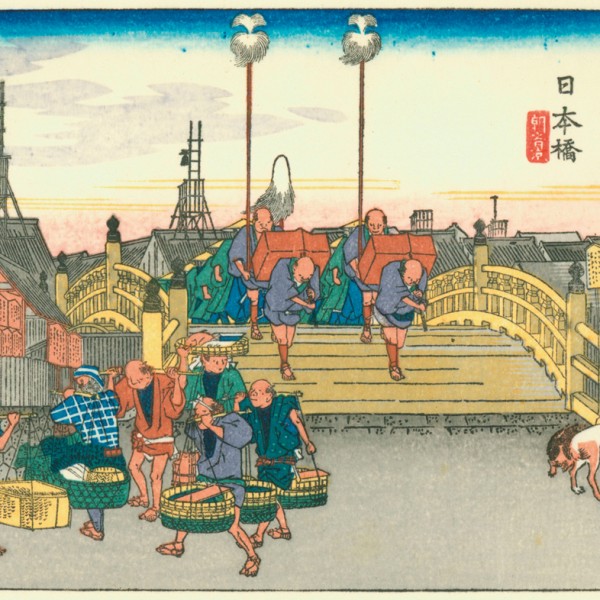Kabayaki, Japanese eel dish
Japanese people love grilled eels called kabayaki. About 70 percent of the eels distributed around the world are consumed by the Japanese. Why do they love eels so much? The key appears to lie in the way they are cooked which involves grilling.
Eels are also enjoyed in overseas regardless of the East or the West. In some countries they are smoked, while in others they cook glass eels, but most eel dishes are prepared by chopping them and then broiling or cooking in the pot. And of course they taste good enough reflecting the history and culture of each country.
The biggest characteristic of the cooking method employed for kabayaki grilled eel is that they are split up in half. That long slippery eel is split up skillfully and swiftly in an artful manner, which would not have been possible were it not for the culture of Japanese blades and cutting knives. By splitting up, the sauce stays better on the meat, and this sauce which is a mixture of soy sauce and mirin cooking wine or sugar is the taste loved by the Japanese and matches perfectly with the powerful ingredient, eel.
Kabayaki which is charcoal grilled eel with soy sauce and sugar based sauce; its smell alone is enough to stimulate one’s appetite and is a perfect match with rice. Kabayaki served on rice which is called unadon and unajyu are loved by men and women of all ages.
Kabayaki was born thanks to the combination of Japanese unique and high quality blade culture, soy sauce and mirin cooking wine based sauce and high-grade charcoal. People in Japan have been consuming eels from about 4,000 years ago but the form of today’s kabayaki dish was established in the late Edo period about 200 years ago.
Eel bowl was originated in Nihombashi
Kabayaki coated in soy sauce and sugar based sauce is a perfect match with rice. When did these dishes “unagi-meshi” and “unadon”, which is the eel on rice emerge? It was a brainchild of Imasuke Okubo, who was a financial backer of a playhouse in Edo Sakaicho (today’s Nihombashi Ningyocho at Tokyo’s Chuo Ward), not of an eel eatery operator. Imasuke loved eel and used to take it out when a show was on in the playhouse, but sometimes the kabayaki got cold. So one day he had his staff place kabayaki on hot steaming rice, which went very well. Some people even started to follow his style and finally “Onoya”, the eel eatery in the same Nihombashi Ningyocho (which used to be called Fukiyacho which was next to Sakaicho) he took out eel from started selling the dish as “unagi-meshi” and became a big hit, spreading to other unagi eateries throughout Edo one after another. This shop Onoya was in business until the post-war period.
Today, the eel stock is faced with the risk of depletion. It is said that about 20 to 30 percent of the eels distributed in Japan are used by Kabayaki restaurants. Eels are best served at kabayaki restaurants.
